A neural network was able to evaluate connections between brain structure and clinical data to predict psychiatric disorders in youth.
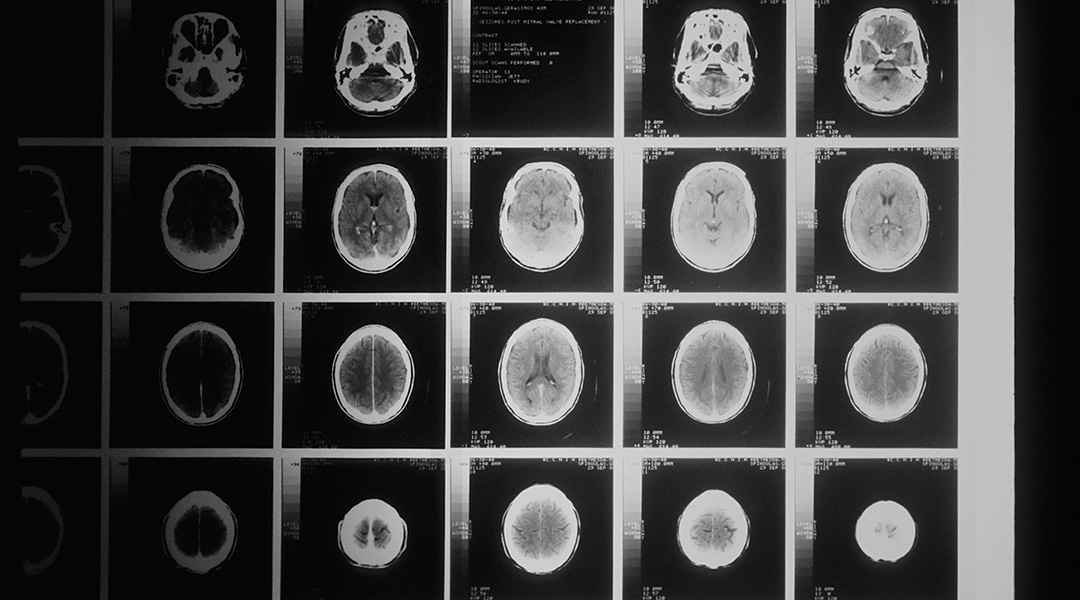

A neural network was able to evaluate connections between brain structure and clinical data to predict psychiatric disorders in youth.
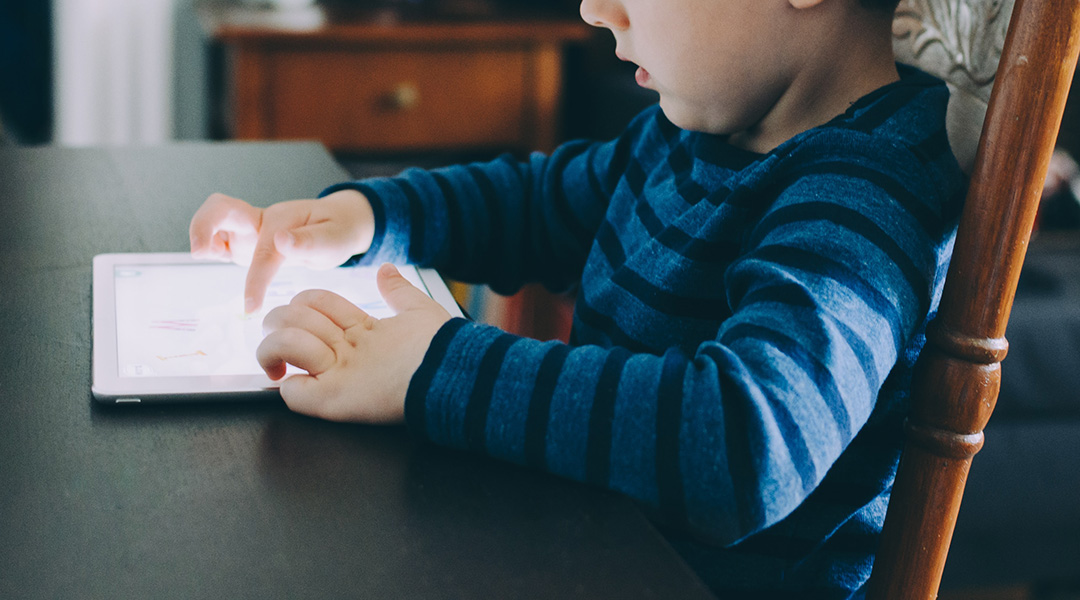
Researchers have found a trade-off with screen time and the cognition, behavior, and brains volume of adolescent and young children.

The nocebo effect appears to play a role in gluten sensitivity, indicating the brain’s possible involvement in the condition.
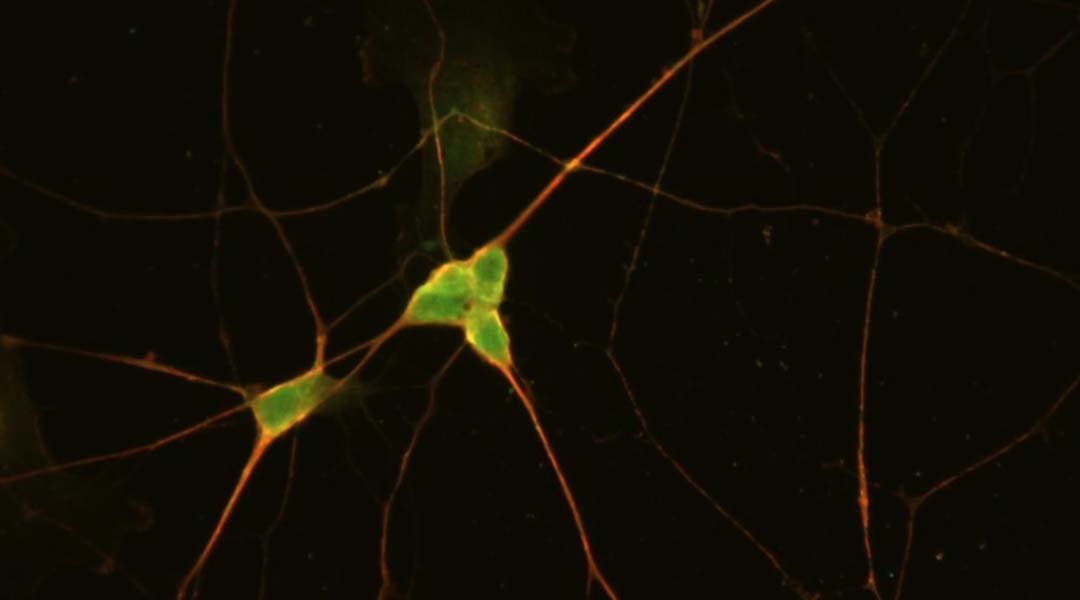
A model based on human stem cell–derived neurons is allowing researchers to understand opioid-induced respiratory failure to improve overdose treatment.
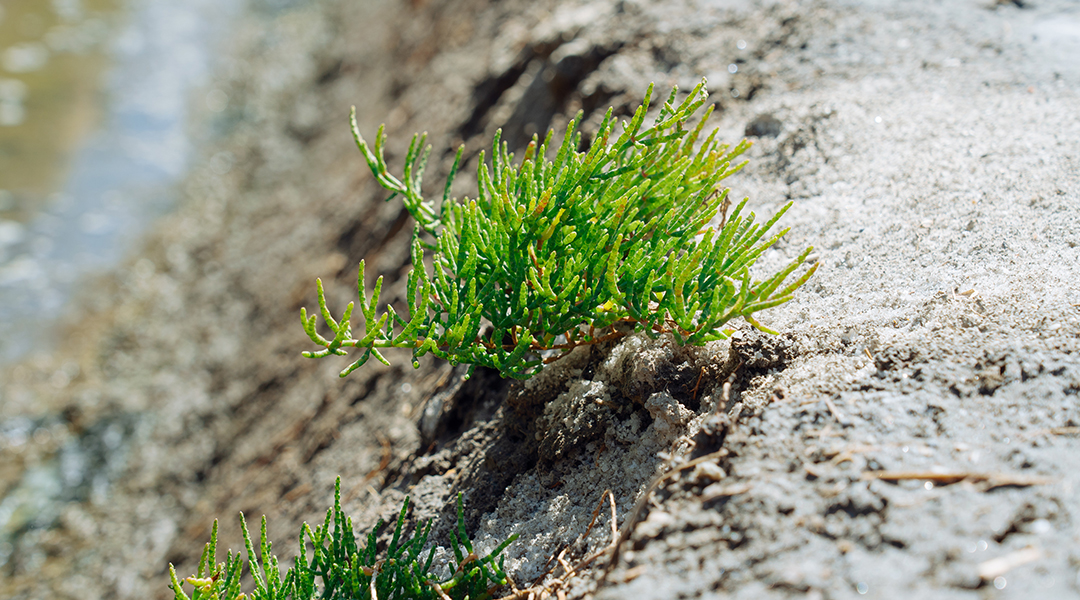
Inspired by sea asparagus, scientists design a conductive hydrogel that is stronger than natural rubbers and adapted for extreme environments.

Capable of measuring stress through micro gestures “EmoSense” could find its way to wearable electronics in the future.
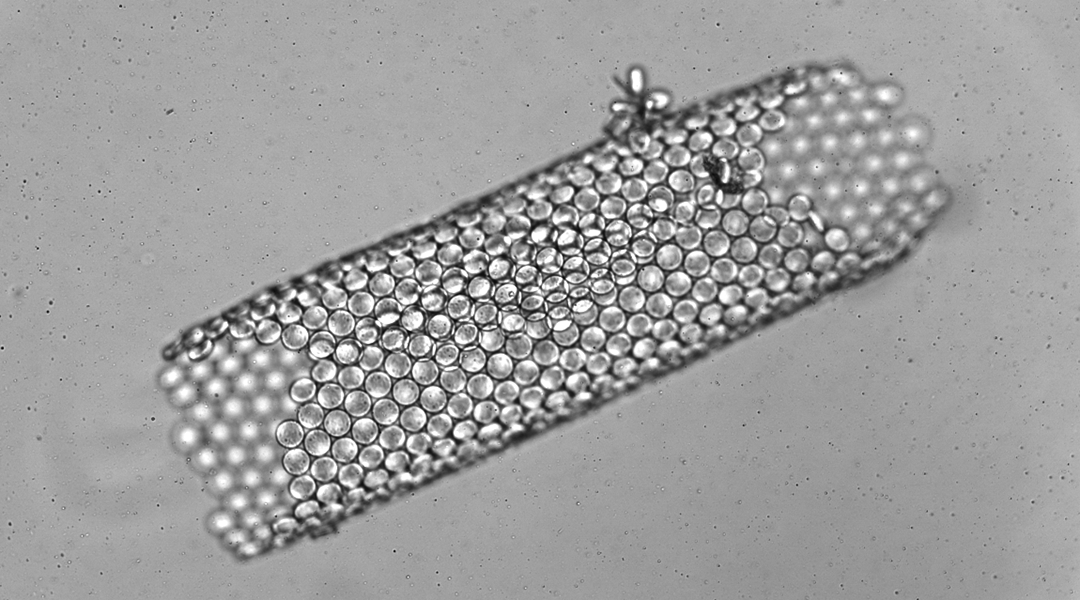
Scientists have developed a method to produce millimeter-scale soft robots by chemically binding hundreds of microrobots together.
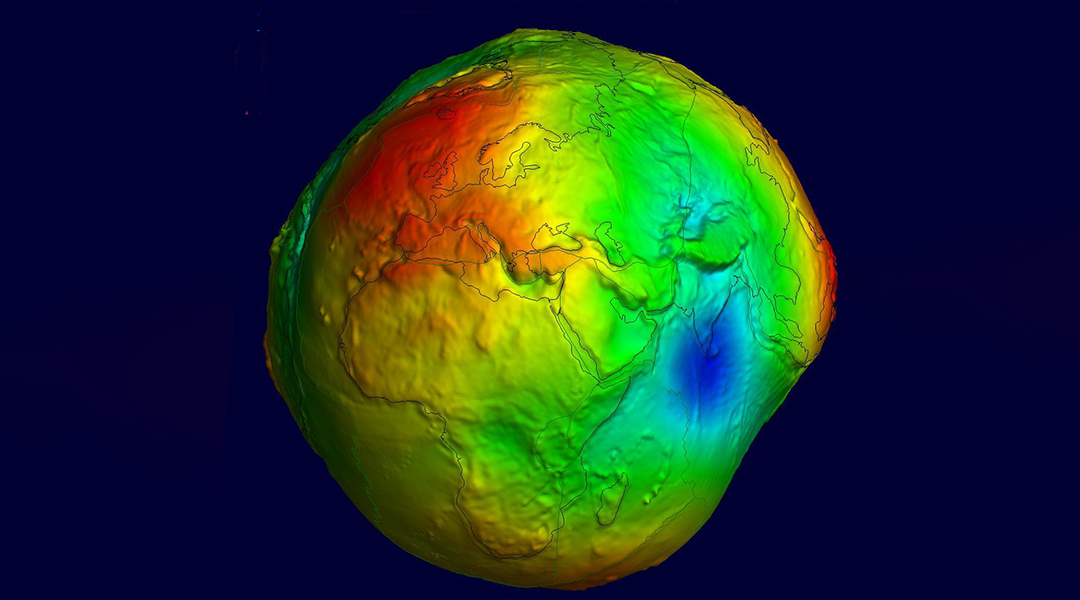
The mystery around a region where Earth’s gravitational pull is weaker than other parts of our planet may finally have an answer.

Using brain imaging, scientists discover reduced brain aging after just 18 months of healthy diet and exercise.
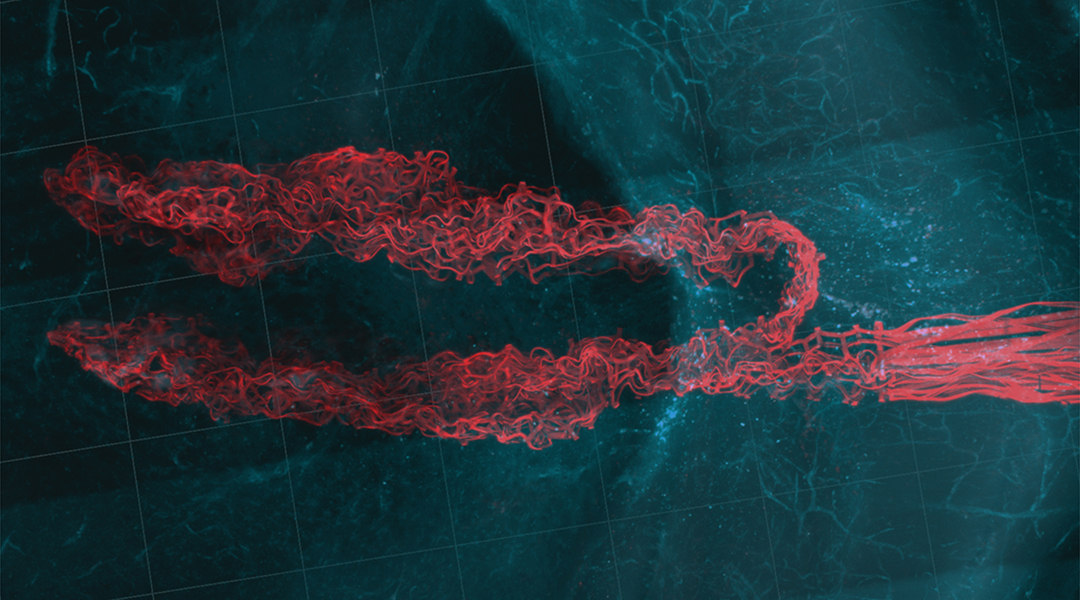
An ultra-thin and flexible probe could improve scientists’ ability to measure neurological activity in the brain.